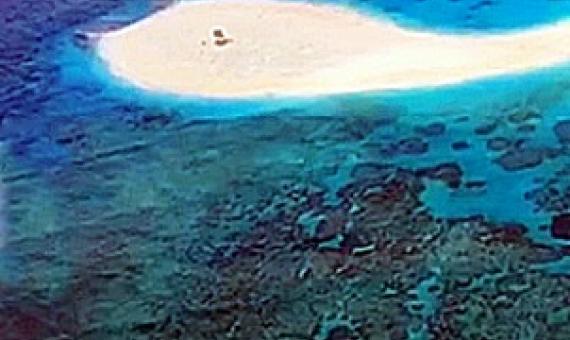The fishery resources of Pacific island countries: part 2. Holothurians
The Main Species Of holothurian exploited in the Sputh Pacific are Holothuria scabra, H. Fuscogilva And H. nobilis, which have high commercial value , Actinopyga echinites, A. Miliaries And Thelenota ananas Of medium commercial value, And Holothuria atra, H. fuscopunctata and H. mauritiana, whose commercial value is low.
Available online
Call Number: [EL]
ISBN/ISSN: 92-5-102508-8
Physical Description: ix, 143 p.
